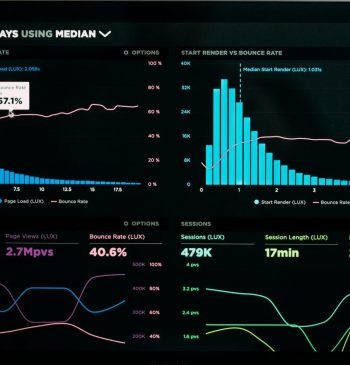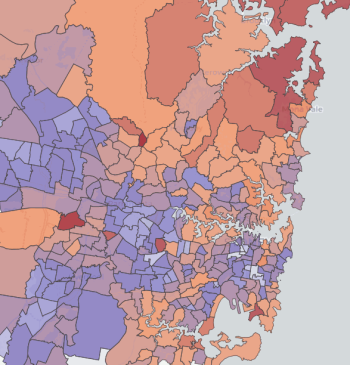Why Everyone Is Talking About Identity Graphs
01 Mar

Identity on the internet is a multi-faceted phenomenon. It might exist in one of many forms, whether that be through social media, ecommerce platforms or internet banking.
Online identity, as a wider concept, can be defined as the total sum of a user’s characteristics and interactions that can be found online. An individual’s overall online identity is built using a series of different identifiers – such as location, IP addresses, IDFA or AAID – which are collected via various channels.
When it comes to bringing these identifiers together, Identity Graphs have emerged as a way for marketers to get a complete picture of the customer. In essence, Identity Graphs work by collecting every piece of information about a customer that is available and compiling it into a centralised platform.
The complexity and scalability of these Identity Graphs will therefore vary greatly. A company that might collect customer’s information across multiple channels – such as email, social media and surveys – and compile it together to build a ‘360-degree’ view of each customer. These Identity Graphs can also exist at a far greater scale. Data as a service businesses now offer Identity Graph solutions that collate the transactional-, mobile device – and online data of millions of people.
As well as providing a better understanding into how customers use multiple devices, Identity Graphs also provide marketers with a deeper understanding into who these customers actually are and therefore can be used for targeted marketing campaigns.
Putting Identity Graphs to use
Once an Identity Graph has been put together, brands and marketers can start to put this information to use and find new ways to utilise data.
When Identity Graphs are sold as an ‘off the shelf’ solution, by a third-party vendor, the data provided can then be linked back to a businesses’s first-party data (often demographic data) to create accurate audience segments, which take into account customer behaviours.
One use case for an Identity Graph here could be to take existing customers and build a ‘lookalike’ segment to target based on key identifiers provided by the Identity Graph. For example, a cruise company might collect all of the demographic and behavioural data points of the customers that have purchased a specific package. This information could then be collated to identify demographic and behavioural commonalities between these customers. Once these key identifiers have been highlighted, the data can be used to discover new users who share similar traits to existing customers.
Identity Graphs also give brands the opportunity to take customer experience to the next level. Identity Graphs can show which customers are constantly engaged and also the customers that have lost interest. With these insights available, engaged customers can be rewarded with special deals and recommendations, while disengaged customers can be given attention before they turn into ex-customers.
Amazon has become known for providings its customers with the most personalised and optimised customer experience possible in recent years on the back of its detailed Identity Graphs. With upwards of 300 million users globally, Amazon has access to a staggering amount of information about each individual’s purchases and interactions. With the rounded view of customers that is available, Amazon can continue to serve recommendations that work and provide offers in real-time, which can help improve the profitability of each customer.
At smrtr our Identity Graph is at the core of what we do as a business. It matches consumer profiles within the data spine to industry transaction data, property transaction data, modelled transaction data, mobile device data, online data sets and modelled research insights. Data about the device, email, phone number and address of each record is also mapped, so it can be cleaned, de-identified and connected with further data sets. Every additional data asset we acquire is then connected to our Data Universe using the Identity Graph. This is important because we believe that users only get a single view of the world when data is in silos and the true picture only emerges by connecting several different views.
With our Identity Graph technology, we have helped our partners create aggregated insights for a whole customer base or a segment, communicate with customers using the ad tech ecosystem and improve their understanding of existing customers. Most importantly, all of this is achieved without compromising consumer privacy.
If you’d like to learn more please, contact us and we’ll be in touch within the next business day.
By Boris Guennewig, Co Founder & CTO at smrtr




